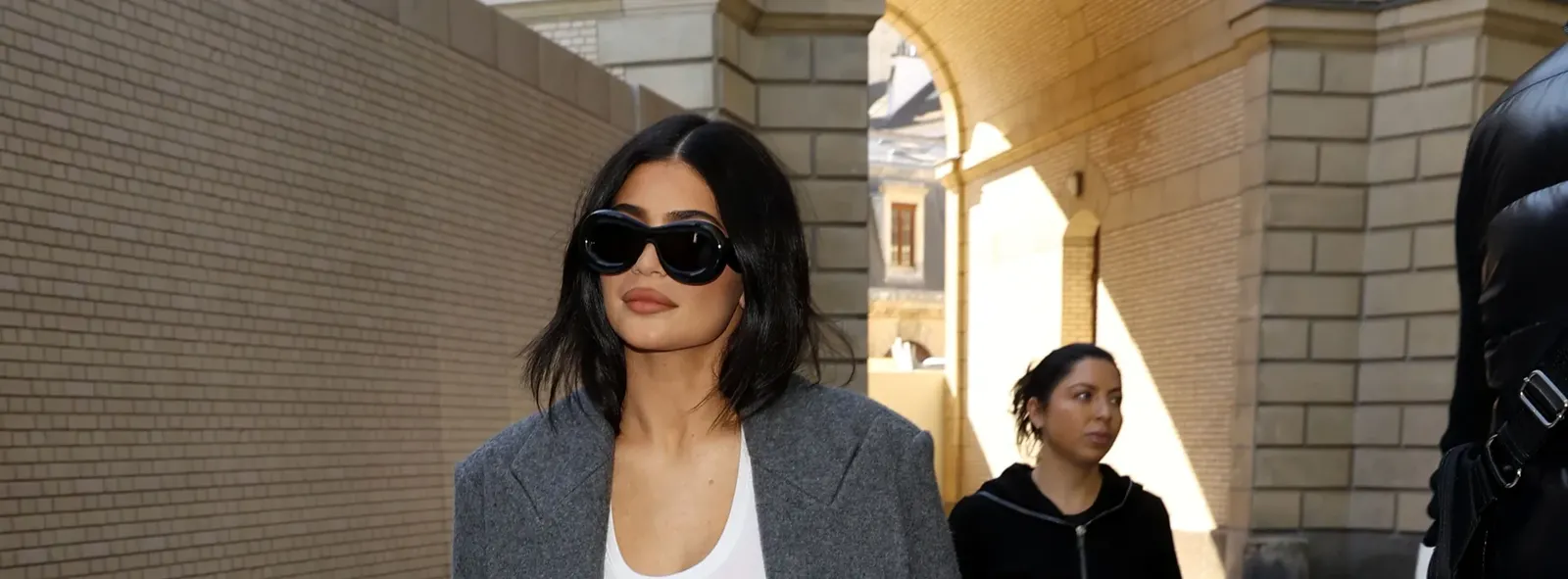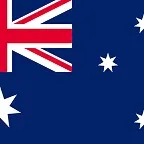
Italy
Italy,[a] officially the Italian Republic,[b] is a country in Southern and Western Europe.[c] It consists of a peninsula that extends into the Mediterranean Sea, with the Alps on its northern land border, as well as nearly 800 islands, notably Sicily and Sardinia. Italy shares land borders with France to the west; Switzerland and Austria to the north; Slovenia to the east; and the two enclaves of Vatican City and San Marino. It is the tenth-largest country in Europe by area, covering 301,340 km2 (116,350 sq mi), and the third-most populous member state of the European Union, with nearly 59 million inhabitants. Italy's capital and largest city is Rome; other major cities include Milan, Naples, Turin, Palermo, Bologna, Florence, Genoa, and Venice.
The history of Italy goes back to numerous Italic peoples – notably including the ancient Romans, who conquered the Mediterranean world during the Roman Republic and ruled it for centuries during the Roman Empire. With the spread of Christianity, Rome became the seat of the Catholic Church and the Papacy. Barbarian invasions and other factors led to the decline and fall of the Western Roman Empire between late antiquity and the Early Middle Ages. By the 11th century, Italian city-states and maritime republics expanded, bringing renewed prosperity through commerce and laying the groundwork for modern capitalism. The Italian Renaissance flourished during the 15th and 16th centuries and spread to the rest of Europe. Italian explorers discovered new routes to the Far East and the New World, contributing significantly to the Age of Discovery.
After centuries of political and territorial divisions, Italy was almost entirely unified in 1861, following wars of independence and the Expedition of the Thousand, establishing the Kingdom of Italy. From the late 19th to the early 20th century, Italy industrialised – mainly in the north – and acquired a colonial empire, while the south remained largely impoverished, fueling a large immigrant diaspora to the Americas. From 1915 to 1918, Italy took part in World War I with the Entente against the Central Powers. In 1922, the Italian fascist dictatorship was established. During World War II, Italy was first part of the Axis until an armistice with the Allied powers (1940–1943), then a co-belligerent of the Allies during the Italian resistance and the liberation of Italy (1943–1945). Following the war, the monarchy was replaced by a republic and the country made a strong recovery.
A developed country with an advanced economy, Italy has the eighth-largest nominal GDP in the world, the second-largest manufacturing sector in Europe, and plays a significant role in regional and – to a lesser extent – global economic, military, cultural, and political affairs. It is a founding and leading member of the European Union and the Council of Europe, and is part of numerous other international organizations and forums. As a cultural superpower, Italy has long been a renowned global centre of art, music, literature, cuisine, fashion, science and technology, and the source of multiple inventions and discoveries. It has the highest number of World Heritage Sites (60) and is the fifth-most visited country in the world.
Name

Hypotheses for the etymology of Italia are numerous.[13] One theory suggests it originated from an Ancient Greek term for the land of the Italói, a tribe that resided in the region now known as Calabria. Originally thought to be named Vituli, some scholars suggest their totemic animal to be the calf (Latin: vitulus; Umbrian: vitlo; Oscan: Víteliú).[14] Several ancient authors said it was named after a local ruler Italus.[15]
The ancient Greek term for Italy initially referred only to the south of the Bruttium peninsula and parts of Catanzaro and Vibo Valentia. The larger concept of Oenotria and "Italy" became synonymous, and the name applied to most of Lucania as well. Before the Roman Republic's expansion, the name was used by Greeks for the land between the strait of Messina and the line connecting the gulfs of Salerno and Taranto, corresponding to Calabria. The Greeks came to apply "Italia" to a larger region.[16] In addition to the "Greek Italy" in the south, historians have suggested the existence of an "Etruscan Italy", which consisted of areas of central Italy.[17]
The borders of Roman Italy, Italia, are better established. Cato's Origines describes Italy as the entire peninsula south of the Alps.[18] In 264 BC, Roman Italy extended from the Arno and Rubicon rivers of the centre-north to the entire south. The northern area, Cisalpine Gaul, considered geographically part of Italy, was occupied by Rome in the 220s BC,[19] but remained politically separated. It was legally merged into the administrative unit of Italy in 42 BC.[20] Sardinia, Corsica, Sicily, and Malta were added to Italy by Diocletian in 292 AD,[21] which made late-ancient Italy coterminous with the modern Italian geographical region.[22]
The Latin Italicus was used to describe "a man of Italy" as opposed to a provincial, or one from the Roman province.[23] The adjective italianus, from which Italian was derived, is from medieval Latin and was used alternatively with Italicus during the early modern period.[24] After the fall of the Western Roman Empire, the Ostrogothic Kingdom of Italy was created. After the Lombard invasions, Italia was retained as the name for their kingdom, and its successor kingdom within the Holy Roman Empire.[25]
History
Prehistory and antiquity

Lower Paleolithic artefacts, dating back 850,000 years, have been recovered from Monte Poggiolo.[26] Excavations throughout Italy revealed a Neanderthal presence in the Middle Palaeolithic period 200,000 years ago,[27] while modern humans appeared about 40,000 years ago at Riparo Mochi.[28]
The ancient peoples of pre-Roman Italy were Indo-European, specifically the Italic peoples. The main historic peoples of possible non-Indo-European or pre-Indo-European heritage include the Etruscans, the Elymians and Sicani of Sicily, and the prehistoric Sardinians, who gave birth to the Nuragic civilisation. Other ancient populations include the Rhaetian people and Camunni, known for their rock drawings in Valcamonica.[29] A natural mummy, Ötzi, dated 3400–3100 BC, was discovered in the Similaun glacier in 1991.[30]
The first colonisers were the Phoenicians, who established emporiums on the coasts of Sicily and Sardinia. Some became small urban centers and developed parallel to Greek colonies.[31] During the 8th and 7th centuries, Greek colonies were established at Pithecusae, eventually extending along the south of the Italian Peninsula and the coast of Sicily, an area later known as Magna Graecia.[32] Ionians, Doric colonists, Syracusans, and the Achaeans founded various cities. Greek colonisation placed the Italic peoples in contact with democratic forms of government and high artistic and cultural expressions.[33]
Ancient Rome
Italy's history goes back to numerous Italic peoples – notably including the ancient Romans, who conquered the Mediterranean world during the Roman Republic and ruled it for centuries during the Roman Empire.[35]
Ancient Rome, a settlement on the River Tiber in central Italy, founded in 753 BC, was ruled for 244 years by a monarchical system.[36] In 509 BC, the Romans, favouring a government of the Senate and the People (SPQR), expelled the monarchy and established an oligarchic republic.[37]
The Italian Peninsula, named Italia, was consolidated into a unified entity during Roman expansion, the conquest of new territories often at the expense of the other Italic tribes, Etruscans, Celts, and Greeks. A permanent association, with most of the local tribes and cities, was formed, and Rome began the conquest of Western Europe, North Africa, and the Middle East. In the wake of Julius Caesar's assassination in 44 BC, Rome grew into a massive empire stretching from Britain to the borders of Persia, engulfing the whole Mediterranean basin, in which Greek, Roman, and other cultures merged into a powerful civilisation. The long reign of the first emperor, Augustus, began an age of peace and prosperity. Roman Italy remained the metropole of the empire, homeland of the Romans and territory of the capital.[38]
The Roman Empire was among the largest in history, wielding great economical, cultural, political, and military power.[39] At its greatest extent, it had an area of 5 million square kilometres (1.9 million square miles).[40] The Roman legacy has deeply influenced Western civilisation shaping the modern world. The widespread use of Romance languages derived from Latin, numerical system, modern Western alphabet and calendar, and the emergence of Christianity as a world religion, are among the many legacies of Roman dominance.[41]
Middle Ages
After the fall of the Western Roman Empire, Italy fell under the Odoacer's kingdom, and was seized by the Ostrogoths.[42] Invasions resulted in a chaotic succession of kingdoms and the supposed "Dark Ages". The invasion of another Germanic tribe in the 6th century, the Lombards, reduced Byzantine presence and ended political unity of the peninsula. The north formed the Lombard kingdom, central-south was also controlled by the Lombards, and other parts remained Byzantine.[43]

The Lombard kingdom was absorbed into Francia by Charlemagne in the late 8th century and became the Kingdom of Italy.[44] The Franks helped form the Papal States. Until the 13th century, politics was dominated by relations between the Holy Roman Emperors and the Papacy, with city-states siding with the former (Ghibellines) or with the latter (Guelphs) for momentary advantage.[45] The Germanic emperor and Roman pontiff became the universal powers of medieval Europe. However, conflict over the Investiture Controversy and between Guelphs and Ghibellines ended the imperial-feudal system in the north, where cities gained independence.[46] In 1176, the Lombard League of city-states defeated Holy Roman Emperor Frederick Barbarossa, ensuring their independence.
City-states – e.g. Milan, Florence, Venice – played a crucially innovative role in financial development by devising banking practices, and enabling new forms of social organisation.[47] In coastal and southern areas, maritime republics dominated the Mediterranean and monopolised trade to the Orient. They were independent thalassocratic city-states, in which merchants had considerable power. Although oligarchical, the relative political freedom they afforded was conducive to academic and artistic advancement.[48] The best-known maritime republics were Venice, Genoa, Pisa, and Amalfi.[49] Each had dominion over overseas lands, islands, lands on the Adriatic, Aegean, and Black seas, and commercial colonies in the Near East and North Africa.[50]
Venice and Genoa were Europe's gateways to the East, and producers of fine glass, while Florence was a centre of silk, wool, banking, and jewellery. The wealth generated meant large public and private artistic projects could be commissioned. The republics participated in the Crusades, providing support, transport, but mostly taking political and trading opportunities.[48] Italy first felt the economic changes which led to the commercial revolution: Venice was able to sack Byzantine's capital and finance Marco Polo's voyages to Asia; the first universities were formed in Italian cities, and scholars such as Aquinas obtained international fame; capitalism and banking families emerged in Florence, where Dante and Giotto were active around 1300.[51] In the south, Sicily had become an Arab Islamic emirate in the 9th century, thriving until the Italo-Normans conquered it in the late 11th century, together with most of the Lombard and Byzantine principalities of southern Italy.[52] The region was subsequently divided between the Kingdom of Sicily and Kingdom of Naples.[d][53] The Black Death of 1348 killed perhaps a third of Italy's population.[54]









